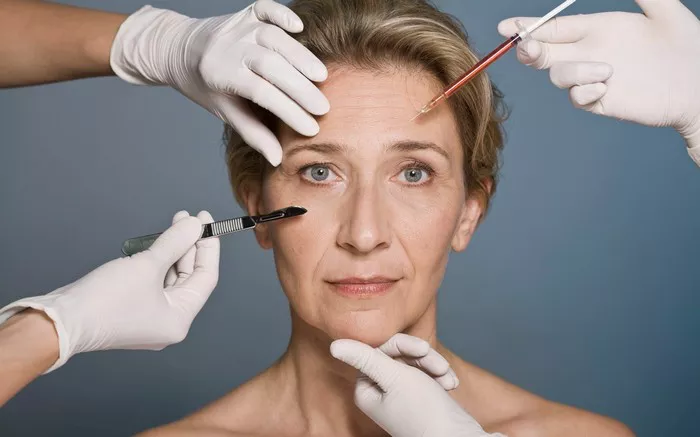In the ever-evolving landscape of cosmetic procedures, the quest for a youthful appearance has led to the development of various innovative techniques. Among these, the microcurrent facelift has gained prominence as a non-invasive and painless alternative to traditional facelift surgeries. This article aims to provide a comprehensive guide to what a microcurrent facelift is, how it works, its benefits, potential risks, and its place in the realm of aesthetic treatments.
Understanding Microcurrent Facelift
A microcurrent facelift, often referred to as “microcurrent therapy” or “non-surgical facelift,” is a cosmetic procedure that employs low-level electrical currents to stimulate facial muscles, resulting in improved skin tone, texture, and overall appearance. The primary goal of this treatment is to promote collagen production, enhance blood circulation, and increase cellular metabolism, thereby rejuvenating the skin without the need for incisions or anesthesia.
The Science Behind Microcurrent
At the heart of the microcurrent facelift is the principle that electrical currents can influence muscle contraction and cellular activity. During the procedure, a trained practitioner employs specialized devices that deliver controlled electrical pulses to targeted areas of the face. These microcurrents mimic the body’s natural bioelectric currents, prompting facial muscles to contract and relax, essentially providing them with a workout. This repetitive motion is believed to tighten and lift sagging skin, leading to a more youthful appearance.
Procedure Overview
The microcurrent facelift procedure typically involves the following steps:
Cleansing: The treatment area is thoroughly cleansed to remove any makeup, oils, or impurities, ensuring optimal contact between the skin and the microcurrent device.
Conduction Gel: A conductive gel is applied to the skin, acting as a medium for the electrical currents and allowing for smooth movement of the microcurrent device.
Microcurrent Application: The practitioner uses handheld probes or pads to deliver microcurrents to specific facial muscles and contours. The intensity of the currents is adjusted based on individual comfort levels and treatment goals.
Muscle Stimulation: The microcurrents stimulate muscle contractions, promoting muscle toning and tightening. This process is often painless and accompanied by a tingling sensation.
Treatment Duration: A single session typically lasts around 30 to 60 minutes, depending on the areas being treated and the device used.
Post-Treatment Care: After the procedure, patients can immediately resume their daily activities, as there is little to no downtime associated with microcurrent facelifts.
Benefits of Microcurrent Facelift
Non-Invasive: Unlike traditional surgical facelifts, microcurrent facelifts do not involve incisions, sutures, or anesthesia, reducing the risk of complications and minimizing recovery time.
Natural-Looking Results: The gradual toning of facial muscles leads to subtle yet noticeable improvements in skin tightness and contour, resulting in a more natural appearance.
Collagen Production: Microcurrent stimulation encourages collagen and elastin production, which are essential for maintaining skin elasticity and firmness.
Improved Circulation: Enhanced blood flow promotes nutrient delivery to skin cells, contributing to a healthier complexion.
Pain and Risk Reduction: The absence of surgical procedures translates to minimal discomfort and virtually no scarring or infection risks.
Considerations and Potential Risks
While microcurrent facelifts are generally safe, there are certain considerations and potential risks to be aware of:
Frequency of Sessions: To achieve and maintain optimal results, multiple sessions are often recommended, which could require a time commitment.
Individual Responses: Results can vary depending on factors such as age, skin condition, and overall health.
Temporary Effects: The effects of a microcurrent facelift are not permanent and may require maintenance sessions to prolong results.
Contraindications: Individuals with certain medical conditions, such as epilepsy, pacemakers, or metal implants in the treatment area, may not be suitable candidates.
Cost Considerations: While less expensive than surgical facelifts, the cumulative cost of multiple sessions should be factored into the decision.
Conclusion
The microcurrent facelift offers a compelling option for individuals seeking a non-invasive approach to facial rejuvenation. By harnessing the power of microcurrent technology, this procedure aims to revitalize the skin, enhance muscle tone, and restore a youthful appearance. As with any cosmetic treatment, consulting with a qualified practitioner is essential to determine suitability and expectations. With its potential benefits and minimal risks, the microcurrent facelift stands as a testament to the marriage of technology and aesthetics in the realm of modern beauty treatments.


